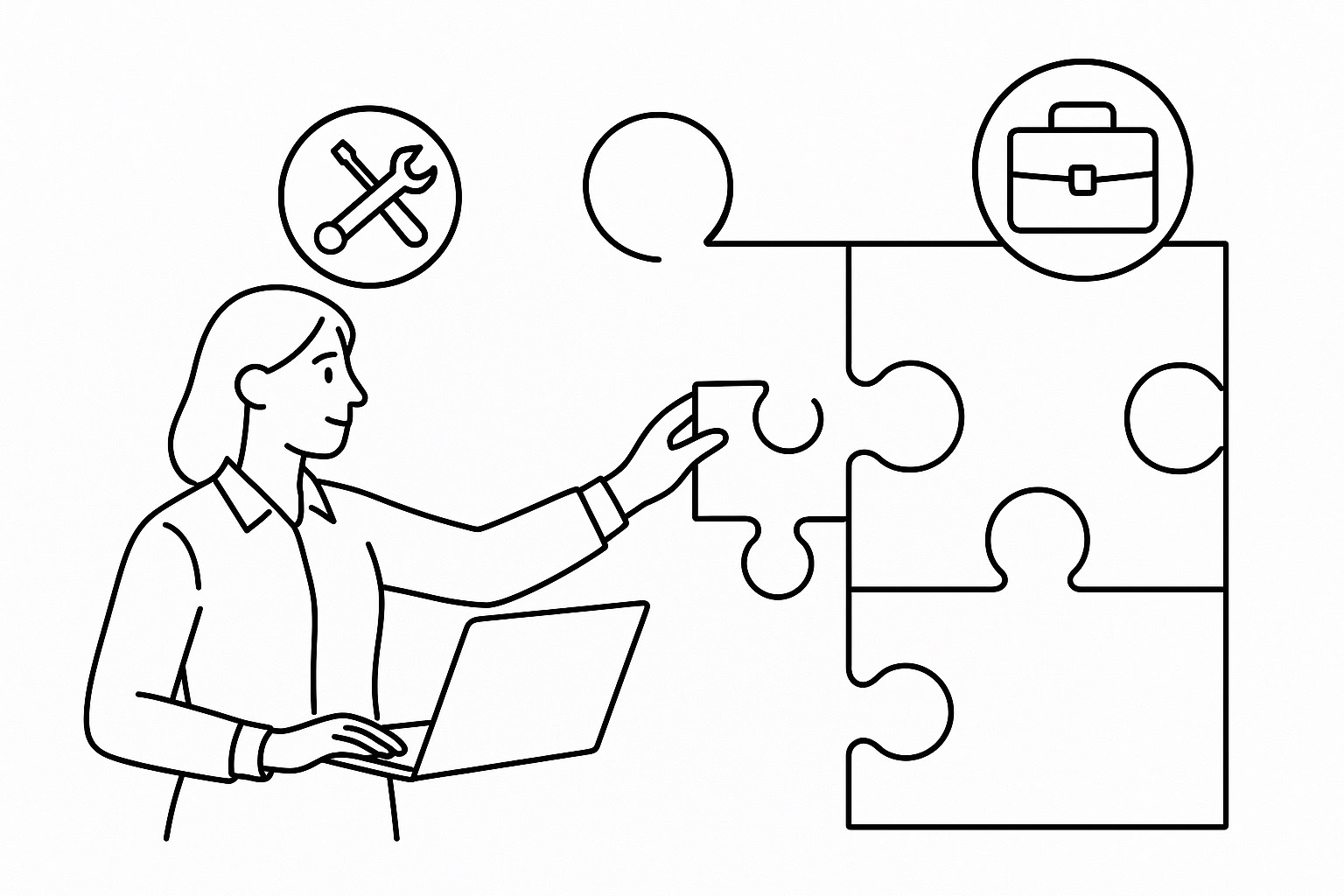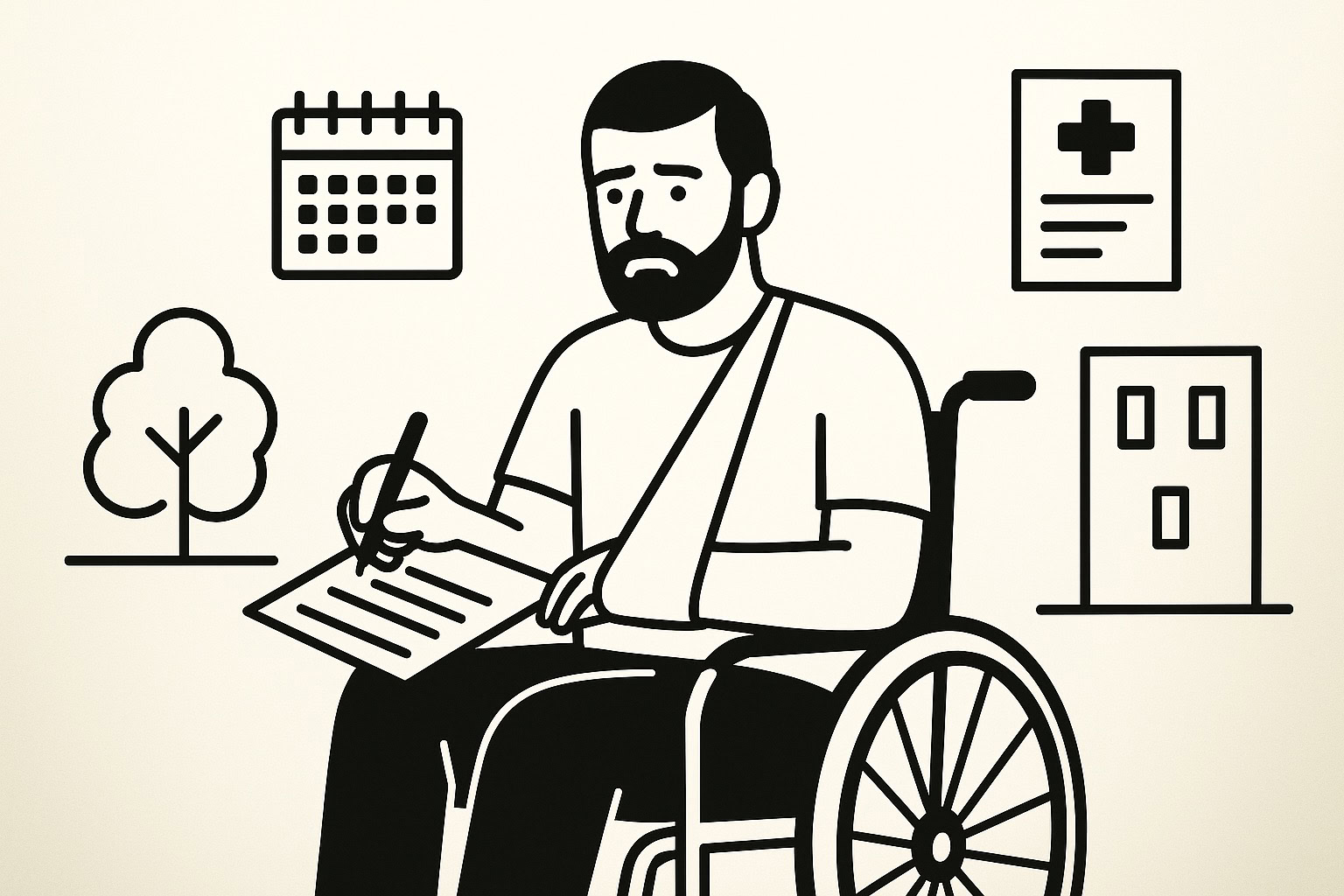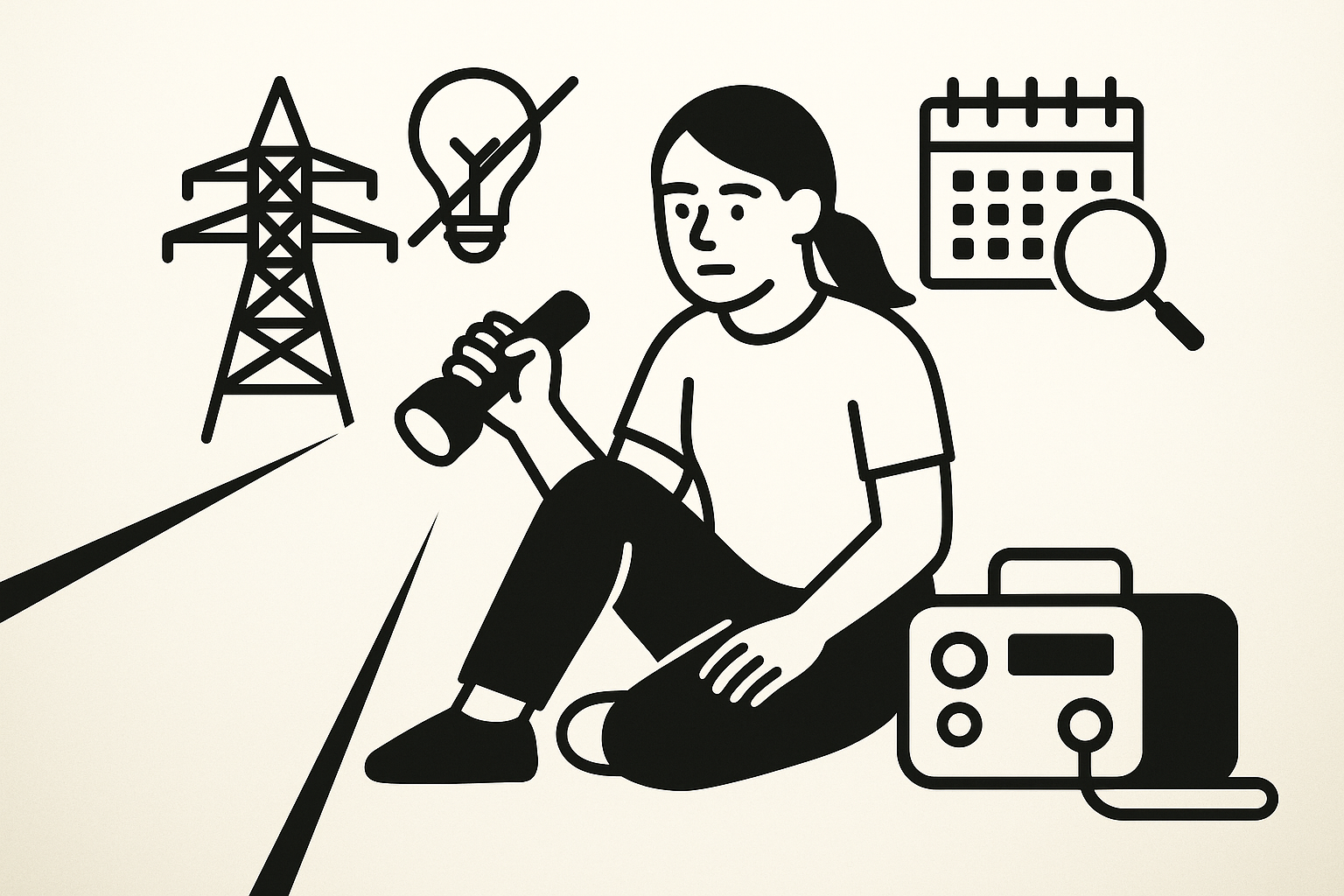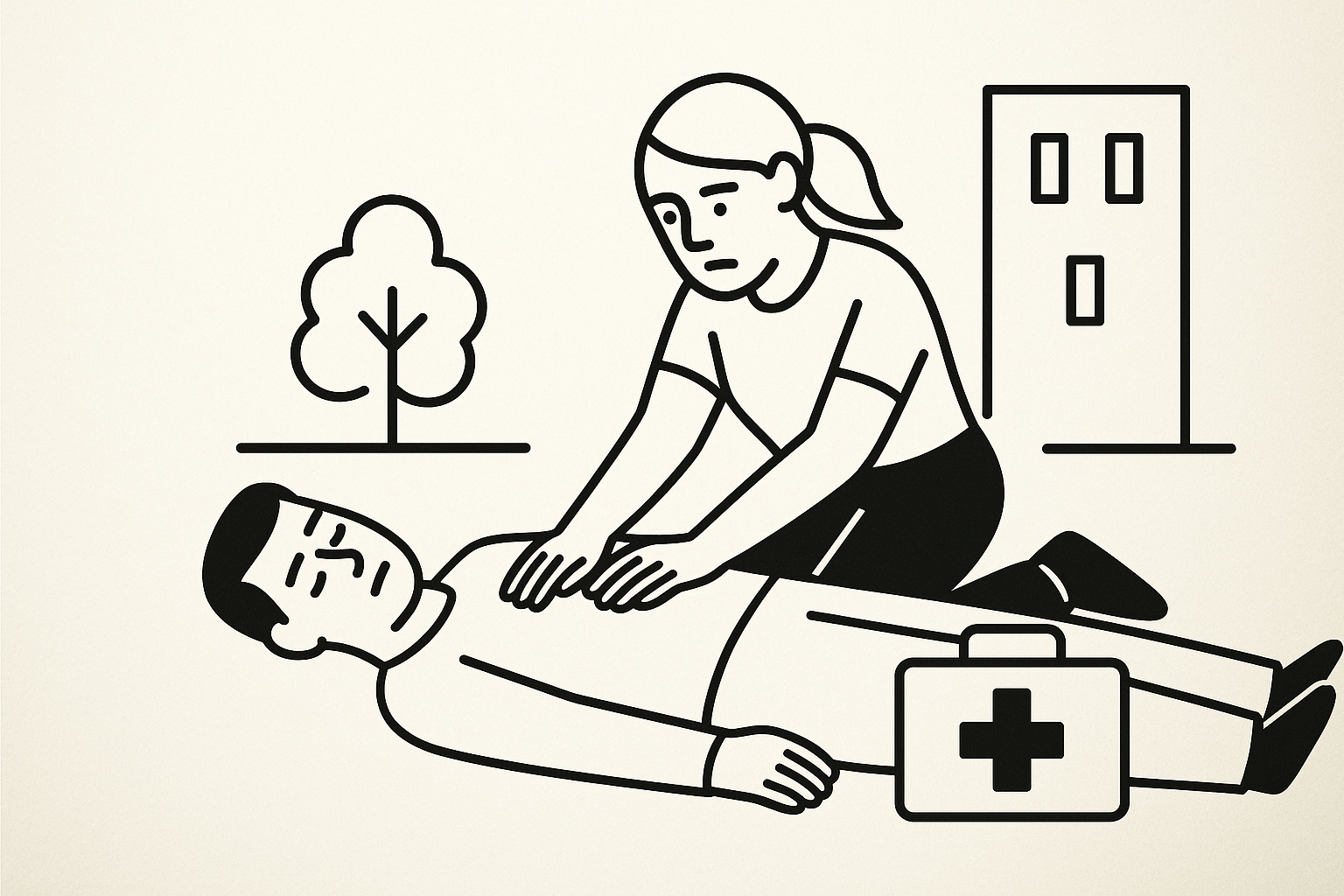
War has transformed the labor market: what jobs are now in demand
The number of job vacancies in Ukraine has almost returned to pre-war levels, but Russia's aggression has fundamentally changed the structure of the labor market. Demand for some specialties has increased manifold, while other professions have practically fallen out of circulation.









